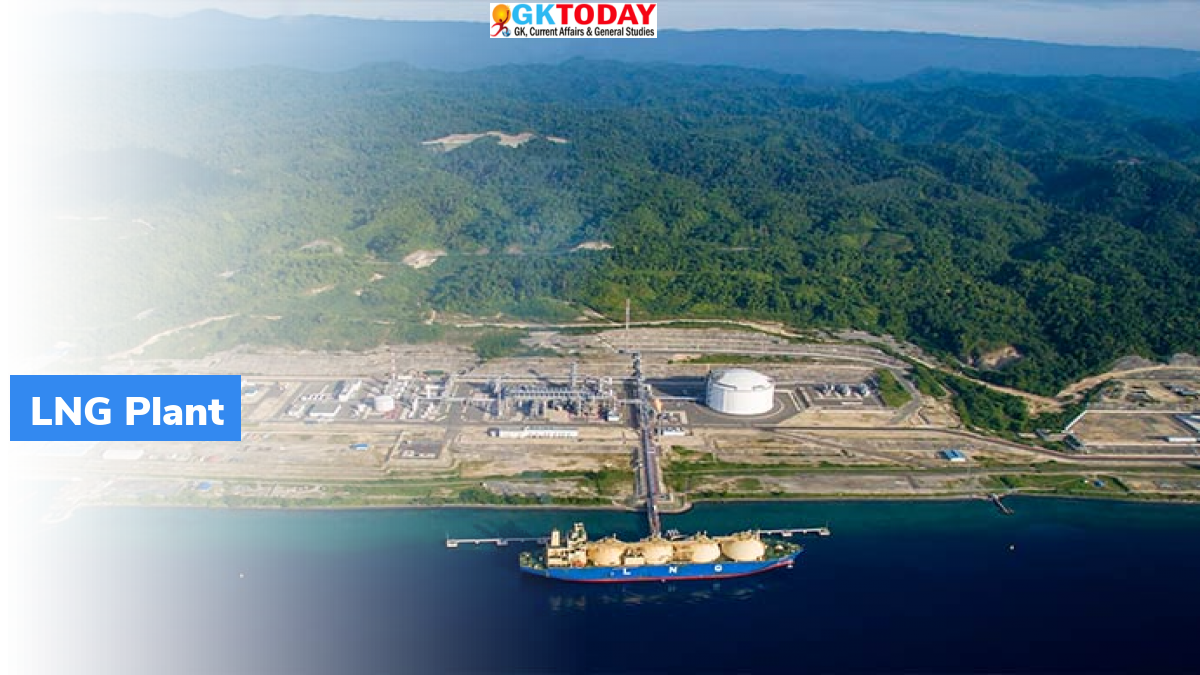India’s First Private LNG Facility plant inaugurated at Nagpur
Minister for Road Transport and Highways, Nitin Gadkari, inaugurated India’s first Liquefied Natural Gas (LNG) facility plant at Nagpur.
Highlights
- While inaugurating the plant, Minister emphasized on importance of alternate biofuels and diversification of agriculture towards energy & power sector.
- Ministry have also designed a policy that encourages development of imports substitute, cost-effective, pollution-free and indigenous ethanol, LNG, bio CNG and hydrogen fuels.
- Minister also underlined, surplus in rice, corn and sugar can be used as alternative fuel in order to prevent it from going to waste.
- According to him, decision will be taken in three months to make flex engines mandatory for automobile manufacturers especially in four-wheelers and two-wheelers. He said several countries like USA, Canada and Brazil already have them.
Liquefied natural gas (LNG)
LNG is natural gas, mainly methane (CH4) with some mixture of ethane (C2H6), that has been cooled down to liquid form for easier non-pressurized storage & transport. It takes up around 1/600th of volume of natural gas in gaseous state. It is odorless, colorless, non-toxic and non-corrosive gas.
How LNG is produced?
LNG is produced from hydrocarbon deposits containing a wide range of hydrocarbon products like methane (CH4), ethane (C2H6), propane (C3H8) and butane (C4H10). These products have wide boiling points and different heating values which allow for different routes of commercialization. Acidic elements like hydrogen sulphide (H2S) and carbon dioxide (CO2) along with oil, mud, water, and mercury, are removed from LNG to deliver clean sweetened stream of gas.
What are the associated risks?
If acidic elements and impurities are not removed, it could result in damage of equipment. Corrosion of steel pipes and amalgamation of mercury within cryogenic heat exchangers can also cause expensive damage.
Month: Current Affairs - July, 2021


